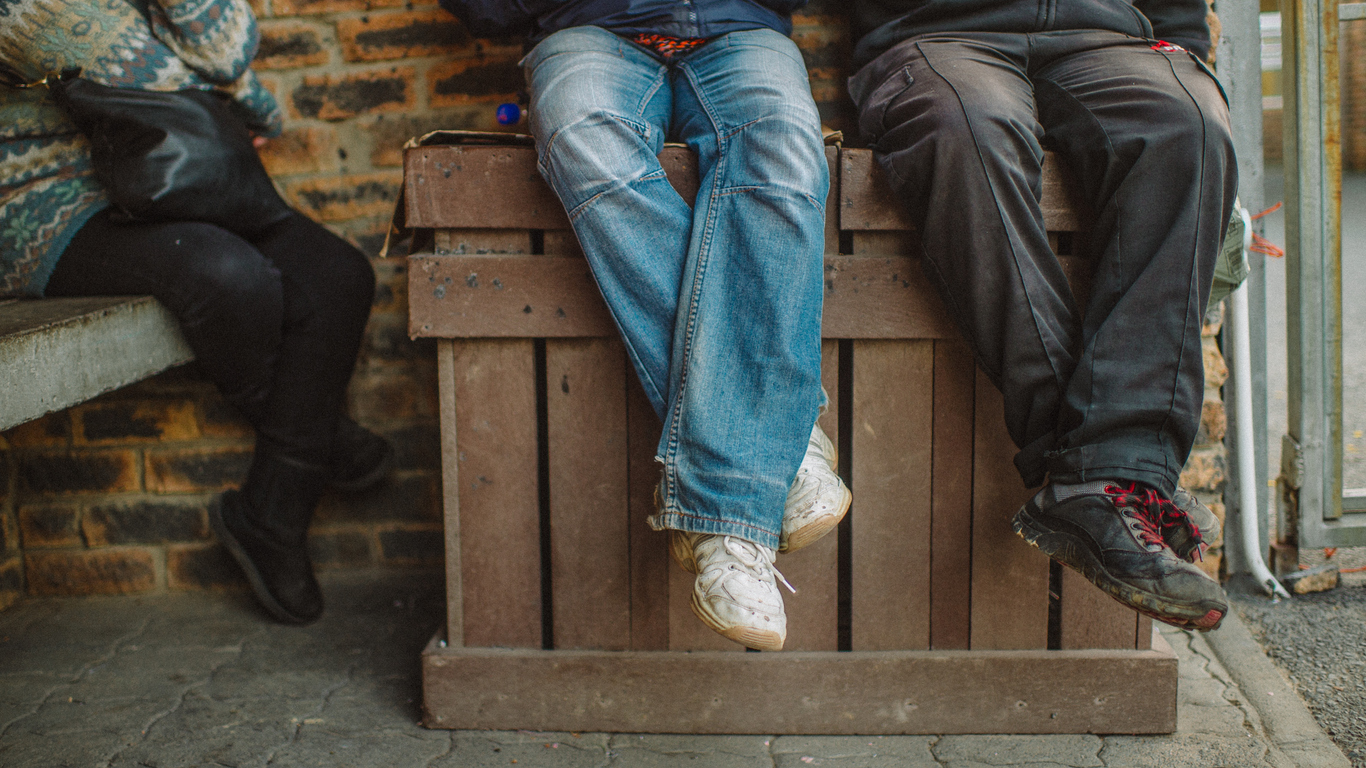
Researchers at the University of Nottingham Right’s Lab are exploring how lockdowns have impacted County Lines, and what impact this could have in relation to safeguarding young people at risk of harm and abuse.
What are County Lines?
The National Crime Agency refers to county lines as:
‘A term used to describe gangs and organised criminal networks involved in exporting illegal drugs into one or more importing areas [within the UK]. They are likely to exploit children and adults at risk to move [and store] the drugs and money and they will often use coercion, intimidation, violence (including sexual violence) and weapons’.
County Lines and Cuckooing
In some cases, the dealers will take over a local property, normally belonging to a vulnerable person, and use it to operate their criminal activity from. This is known as cuckooing. Cuckooing has recently been highlighted through popular TV drama Line of Duty, where organised crime gangs took over the home of an adult at risk.
Oxford County Council have produced a guide about how to spot the signs of cuckooing and what to do if you have concerns someone could be affected.
As a result of lockdown restrictions, recent research from the University of Nottingham suggests county lines activity is shifting to public places such as supermarket car parks rather than residential addresses. As lockdown restrictions ease this could shift again, and people may face increased risks of cuckooing.
The Pandemic, County Lines and Safeguarding: Research Findings
Research at The Rights Lab has been exploring how the pandemic has altered county lines activity and what implications this has for safeguarding vulnerable children and young people who may be at risk of exploitation and grooming from organised crime.
Safeguarding and the Pandemic: The Positives
The research found that the pandemic did have some positives in terms of safeguarding young people at risk. For instance,
- Less people using public transport made it easier for British Transport Police to spot young people using the rail system, enabling them to stop and question their reasons for travel. Successful interceptions provided opportunities to apply safeguarding measures to young people suspected of being exploited.
- Some areas saw increased calls by parents to helplines because of home-working arrangements which enabled them to spot behaviour that would, under normal circumstances, go unnoticed. Therefore, continuing to raise awareness of the signs of grooming and exploitation and making safeguarding everyone’s business is key.
Safeguarding and the Pandemic: The Challenges
Organised crime gangs quickly adapted to lockdown restrictions and vulnerable young people continue to face harm through grooming and exploitation.
It is important for safeguarding professionals and members of the community to be aware of how county lines gangs could pose a risk to young people. The research found that:
- The pandemic has resulted in increasing instances of online abuse. Perpetrators are using platforms such as Snapchat, Instagram and TikTok in the early stages of grooming for the purposes of criminal exploitation.
- The lack of contact with professionals during lockdown provided young people with less opportunities to make disclosures about harm or abuse they are experiencing. In addition, young people were less likely to feel comfortable making disclosures over the phone. Where possible, continuing face-to-face interactions with young people is important.
- Young people struggling with loneliness and isolation because of the pandemic may be particularly at risk from grooming and exploitation.
- There is emerging evidence that due to the identity of the stereotypical victim profile now being widely recognised, there is an increasing risk to young people from more affluent backgrounds, and girls, who are less likely to be picked up by police. It is important to highlight that anyone can be at risk of grooming and exploitation.
How can I learn more?
- Read the interim findings from the Right’s Lab research on the Impact of Covid-19 on Child Criminal Exploitation.
- Learn more about how county lines has impacted young people during the pandemic and the implications for safeguarding.
- Read the briefing developed by The Children’s Society to inform people about how to spot the signs of grooming and exploitation amongst young people.
- Learn more about County Lines and reporting your concerns through the National Crime Agency.
